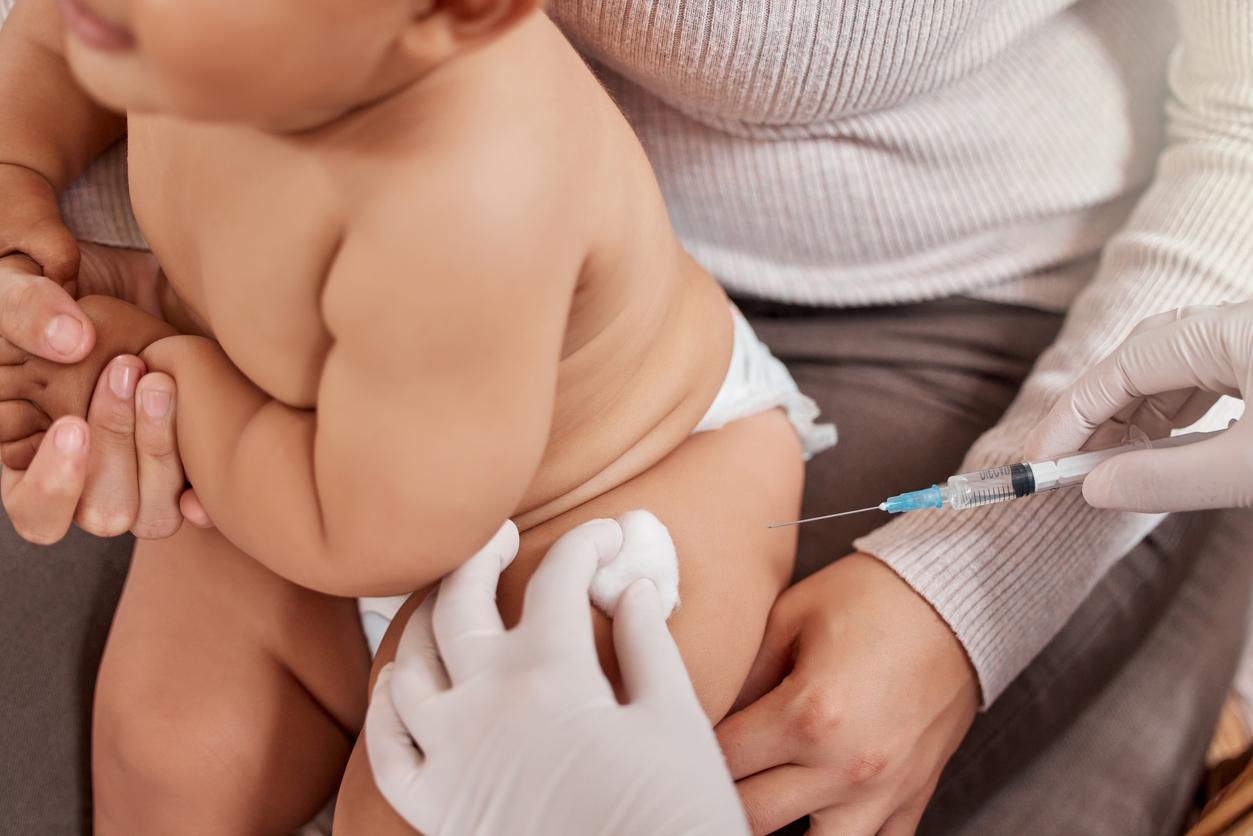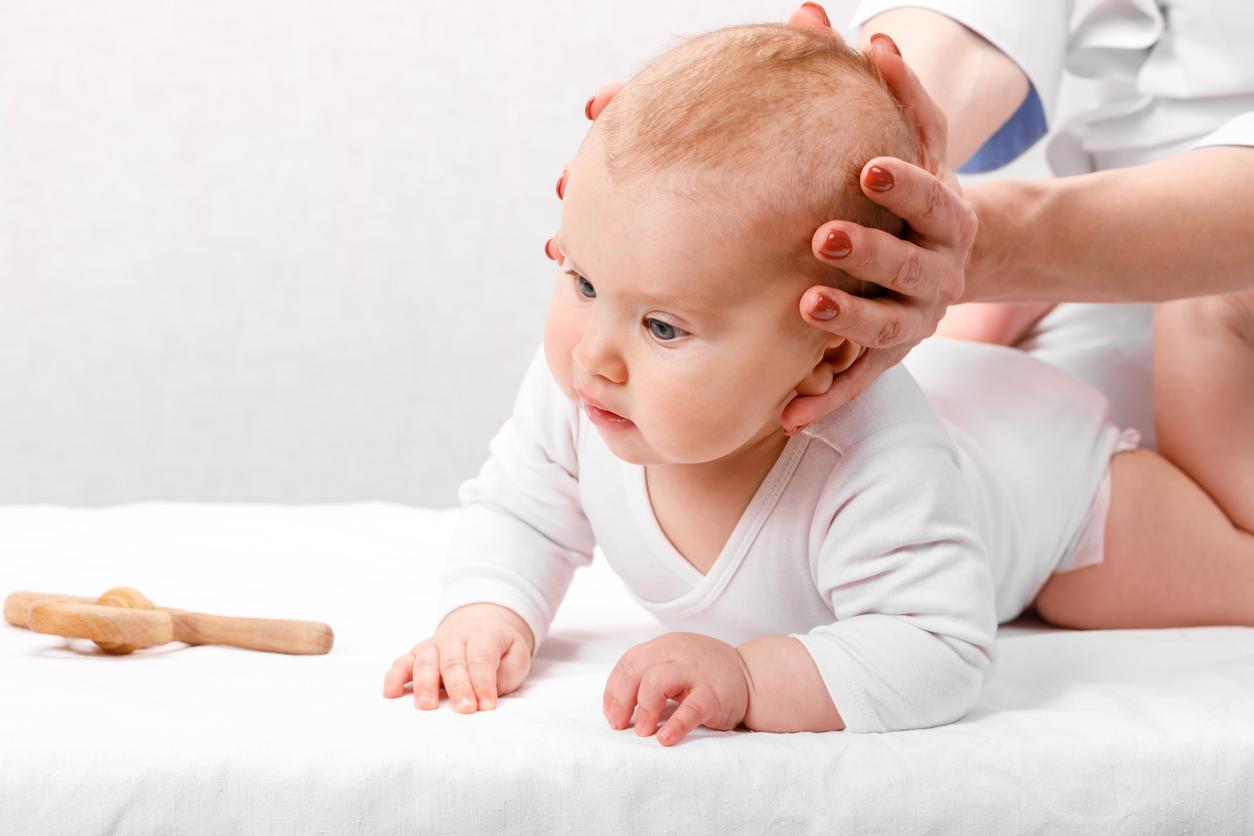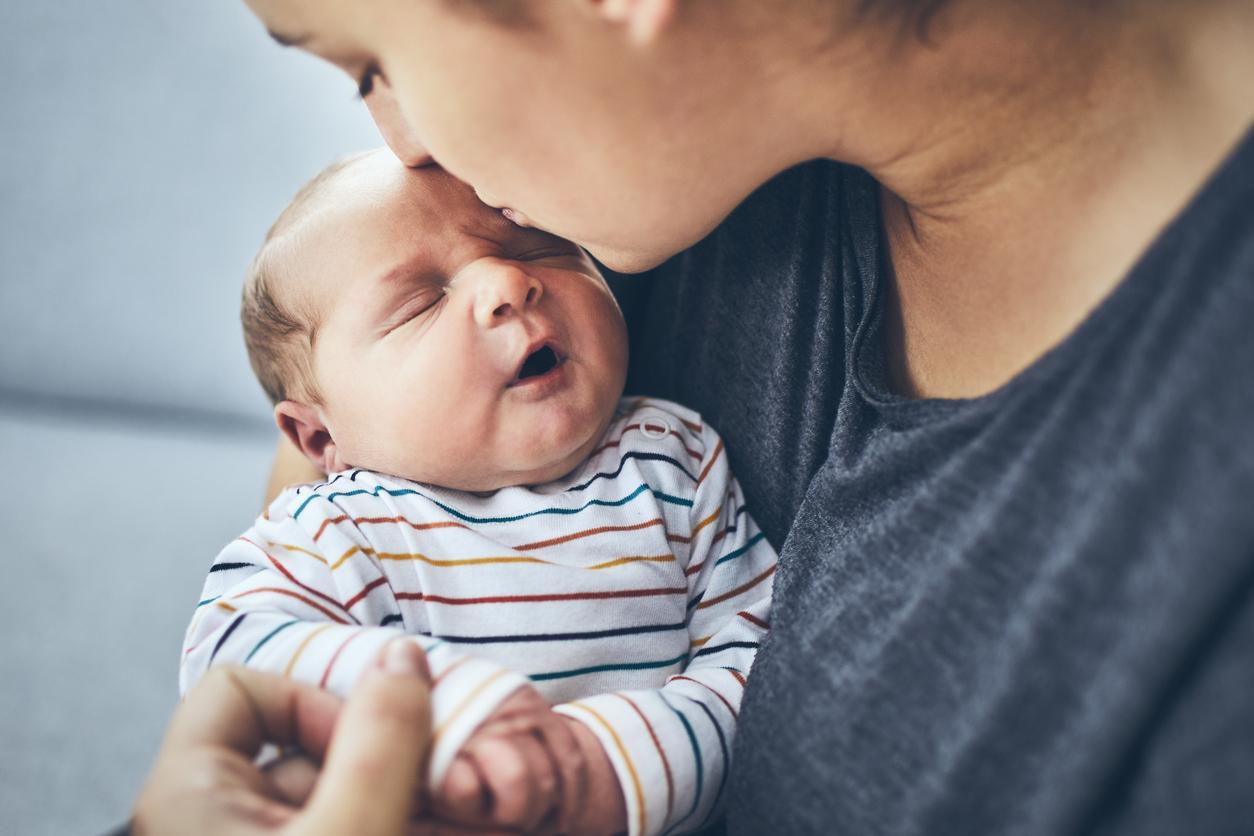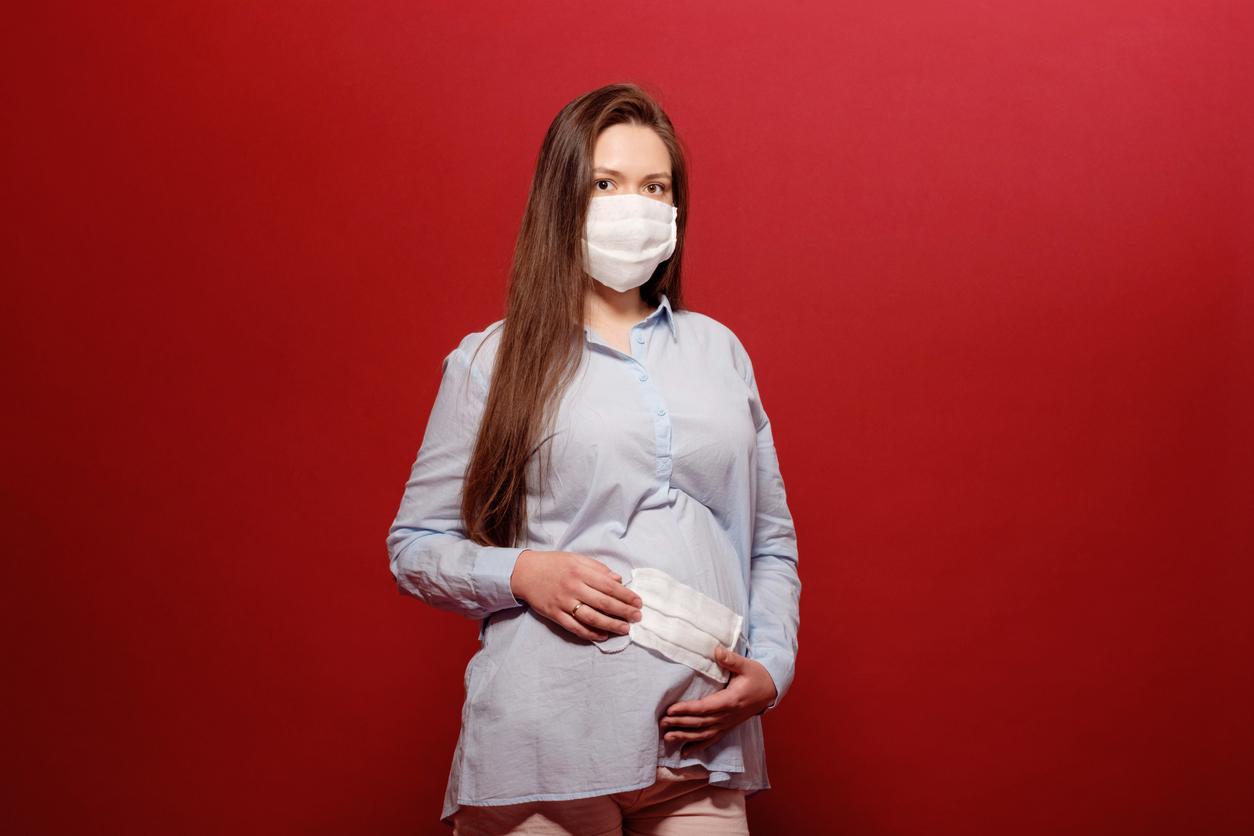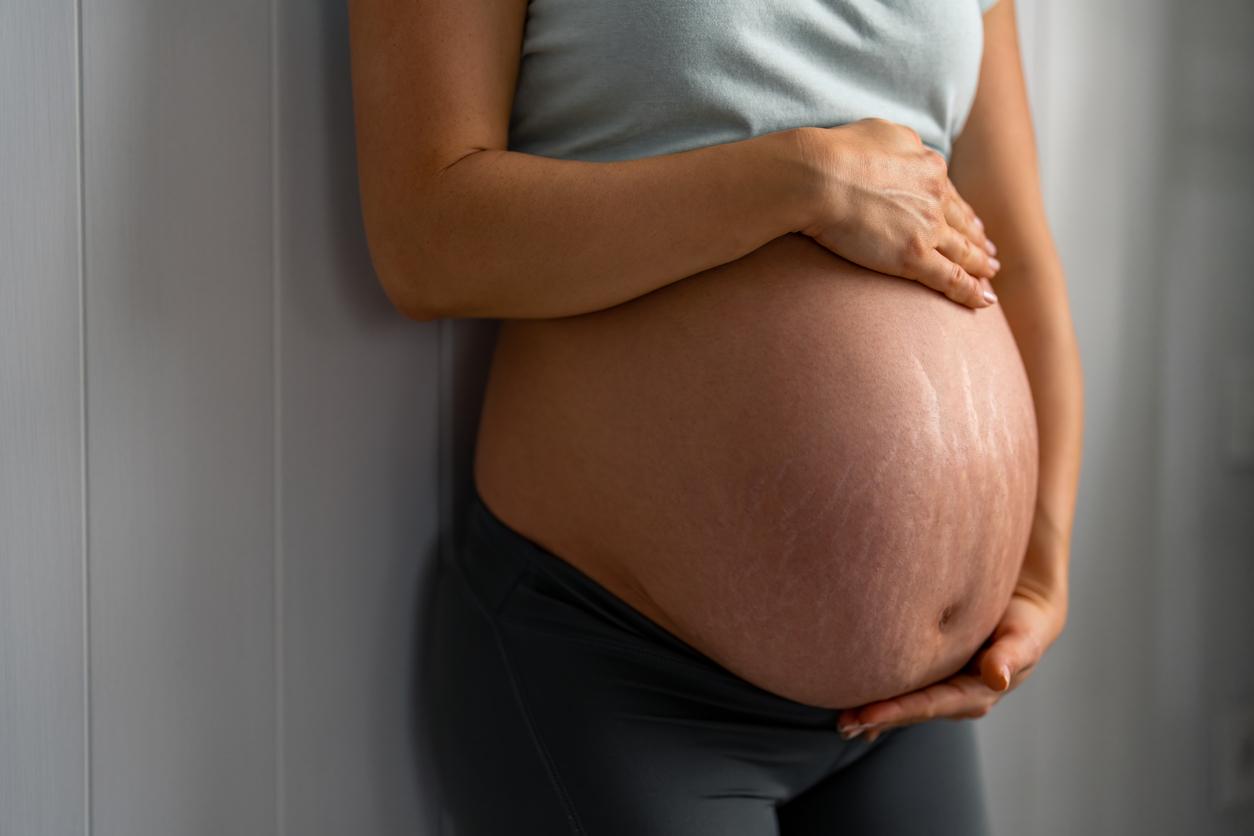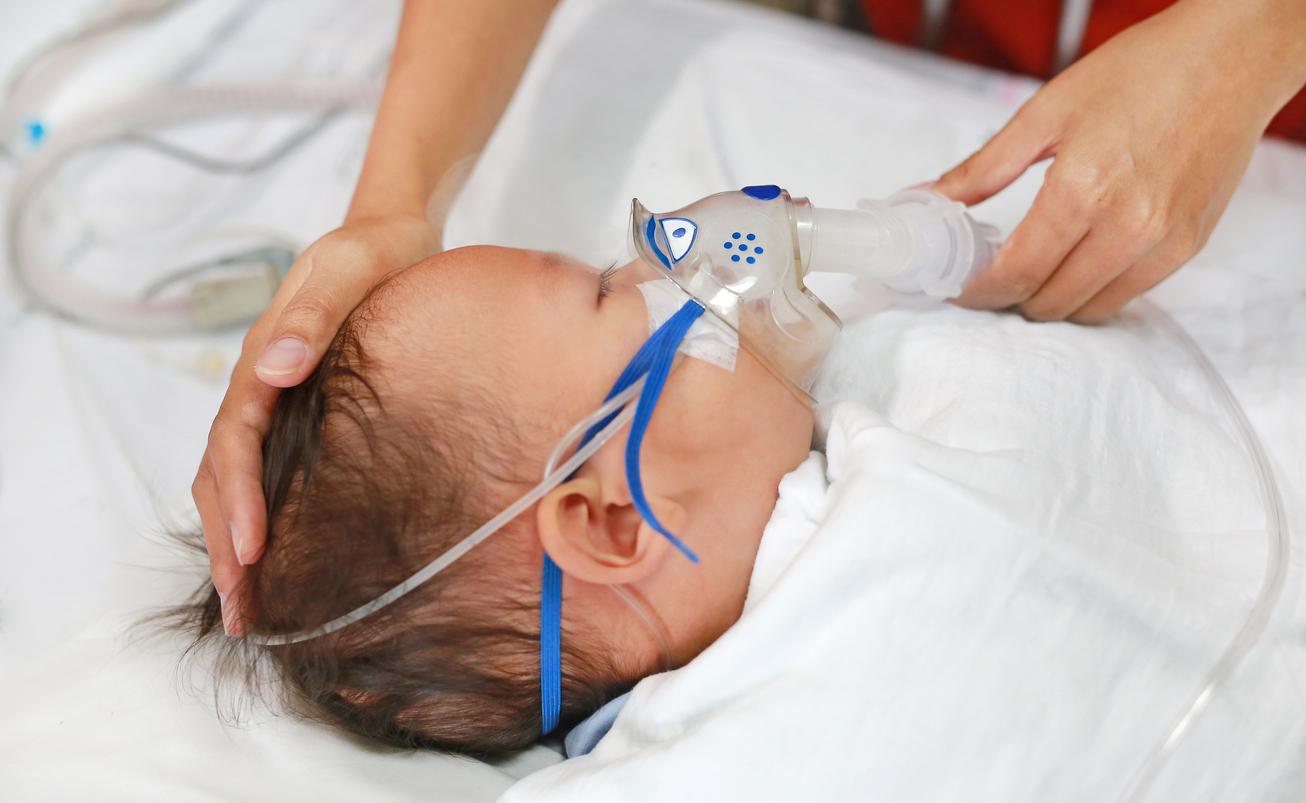Babies under one year old, whose death occurs during sleep and is sudden and unexpected, would have low levels of butyrylcholinesterase, an enzyme essential for waking up.

- Sudden infant death syndrome can affect a baby from 0 to 24 months, but in 8 out of 10 cases, it occurs before the age of 6 months.
- The diagnosis of this syndrome cannot be made without an adequate autopsy to rule out other causes of unexpected death, such as intracranial hemorrhage, meningitis, or myocarditis.
“It is the incomprehensible at first sight and unpredictable death, most often during sleep, of a toddler who until now seemed in good apparent health”. This is the definition of Sudden Infant Death Syndrome that the University Hospital of Lyon gave. So far, the causes of this syndrome are unknown. But recently, researchers in Australia revealed they have identified a blood marker that may be behind the unexplained deaths. The biomarker in question would be butyrylcholinesterase (BChE), “an enzyme of the cholinergic system, a major branch of the autonomic system”, which controls functions such as blood pressure and respiration.
In order to reach this conclusion, the scientists carried out a study, the results of which were published in the journal eBioMedicine May 6. They hypothesized that Sudden Infant Death Syndrome was associated with problems in the part of the infant’s brain that controls breathing and arousal. For the purposes of their work, the authors measured butyrylcholinesterase levels in blood samples from 67 newborn babies who died from sudden infant death syndrome and other unknown causes between 2016 and 2020. The team compared these levels with those of the blood of 655 babies in a control group.
Lower Enzyme Levels Could Cause Deaths
According to the results, children who died due to sudden infant death syndrome had significantly lower levels of butyrylcholinesterase than living babies or those who died of other causes. “We conclude that a previously unidentified cholinergic deficit, identifiable as abnormal butyrylcholinesterase, is present at birth in infants with the syndrome and represents a measurable and specific vulnerability before death,” the Australian researchers said.
After the publication of this study, several experts welcomed the results but also called for caution. This is the case of Alison Jacobson, president of First Candle, a foundation that fights against sudden infant death syndrome and supports families whose babies have died because of the syndrome, whose remarks were reported by the CNN. “This is progress, and for that we should be optimistic, but it is not the complete answer. Our concern with the development of a syndrome vulnerability test is that parents have a false sense of security and adopt unsafe sleep practices, she said.








